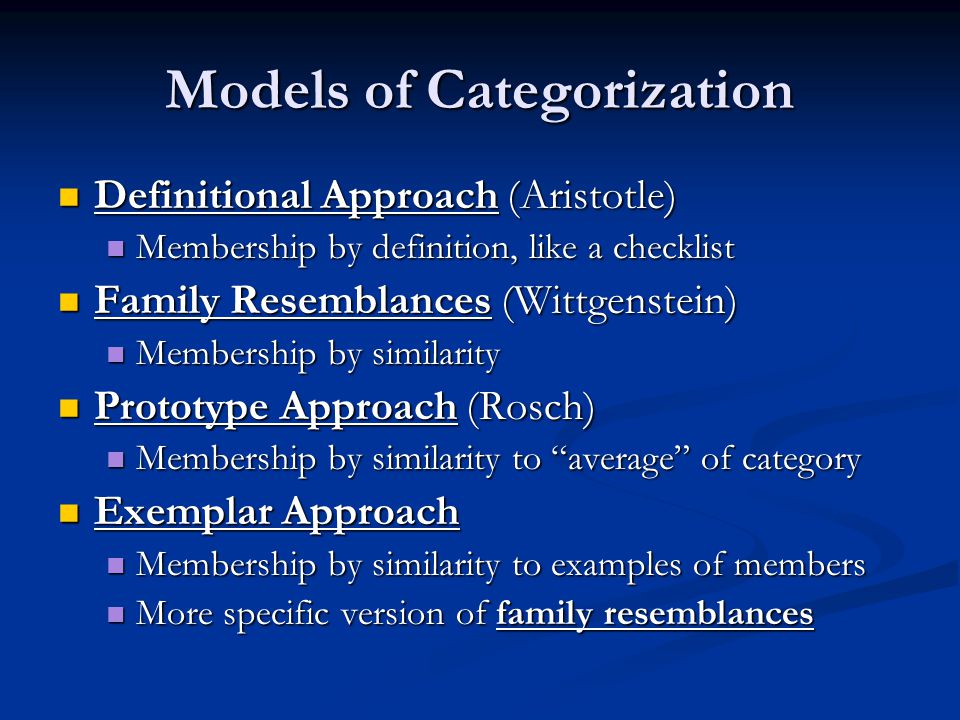
What are Taylor exemplars: definitions and examples

The concept of Taylor exemplars has been a focal point of analysis in the world of literature and writing. These exemplars serve as essential benchmarks for understanding how certain texts or authors embody characteristics that define a high standard of literary merit. As readers and writers navigate the complexity of interpretations and styles, recognizing these Taylor exemplars can help illuminate the multifaceted nature of storytelling and prose. This exploration will delve into the definitions, historical significance, characteristics, and examples of Taylor exemplars, ultimately shedding light on their enduring relevance in modern literature.
By examining the function of beauty vs prose, we can see the dual role these elements play in Taylor exemplars. The integration of both beauty and prose exemplifies the artistry that writers strive for in their works. This article will argue that understanding Taylor exemplars not only enriches our comprehension of the literary canon but also aids contemporary writers in crafting compelling narratives that resonate with audiences. Let's begin by defining what Taylor exemplars are and why they matter in the literary landscape.
Definition of Taylor Exemplars
Taylor exemplars are specific works or authors that exemplify the best practices and core principles of literary craft. These texts are often cited as models for aspiring writers due to their ability to effectively merge form and content, thus creating impactful literary experiences. The function of beauty vs prose comes into play here, as these exemplars demonstrate a harmonious balance between aesthetic appeal and narrative substance. In essence, Taylor exemplars represent the pinnacle of literary achievement, allowing readers and writers to glean insights into what constitutes exceptional literature.
Expounding on the Term
The term "Taylor exemplars" is derived from the influential works of writers who meticulously crafted their narratives to reflect both artistic and thematic depth. These exemplars are not only the “best” in terms of literary style but oftentimes engage with profound themes that resonate with readers across different cultures and eras. By analyzing these works, one gains a comprehensive understanding of the elements that contribute to literary excellence.
Historical Context and Significance
The exploration of Taylor exemplars cannot begin without considering their historical context. Many of the literary giants whose works are deemed exemplars lived in times of significant cultural and social transformations. For instance, during the Renaissance, writers such as Shakespeare not only produced exquisite poetry and plays but also pushed the boundaries of language and expression, setting a precedent for quality and creativity that continues to influence contemporary literature. These historical contexts imbue Taylor exemplars with greater significance, as they reflect the values and concerns of their respective times.
The Evolution of Literary Standards
Literary standards have evolved over centuries, with each generation of writers responding to the social and philosophical paradigms of their times. As such, Taylor exemplars serve as markers of this evolution, highlighting how beauty and prose intersect to create meaning in literature. For example, the Romantic poets, with their emphasis on emotion and nature, reshaped the landscape of poetry, introducing new themes that would become foundational in the literary world.
Characteristics of Taylor Exemplars
Understanding the characteristics of Taylor exemplars allows one to appreciate their unique qualities. These works often demonstrate a mastery of language, innovative structure, and an ability to evoke emotions through well-crafted narratives. They maintain not only aesthetic beauty but also thematic complexity, engaging readers on multiple levels. The function of beauty vs prose is particularly significant here, as these exemplars often merge artistic elegance with substantive themes.
Key Features of Taylor Exemplars
- Strong Narrative Voice: Exemplars typically exhibit a compelling narrative voice that captures the reader's attention and fosters a connection between the text and audience.
- Emotional Resonance: The ability to evoke emotions is a hallmark of Taylor exemplars; they touch on universal themes that resonate with readers regardless of time or culture.
- Innovative Structure: Many exemplars possess an innovative structure that enhances the reading experience, weaving beauty into the prose.
- Cultural Impact: The influence of Taylor exemplars extends beyond their pages, as they often leave lasting impressions on the literary canon and inspire future generations
Examples of Taylor Exemplars in Literature
Considering the multitude of literary works, identifying Taylor exemplars can be both subjective and deeply personal. It is essential to recognize that different readers may resonate with different texts, depending on their individual experiences and backgrounds. Nevertheless, numerous works have gained recognition over time as quintessential Taylor exemplars.
Prominent Examples
- Pride and Prejudice by Jane Austen: This novel’s nuanced depiction of social dynamics and relationships exemplifies the balance of beauty in language and poignant commentary on society.
- The Great Gatsby by F. Scott Fitzgerald: Known for its lush prose and themes of aspiration, this novel is a prime example of how beauty and depth can coexist.
- Beloved by Toni Morrison: Morrison's prose is imbued with emotional depth and historical significance, showcasing the power of storytelling in the face of trauma.
- The Waste Land by T.S. Eliot: This poem encapsulates the fragmented modern experience, utilizing innovative structure while maintaining aesthetic beauty.
The Role of Taylor Exemplars in Modern Writing
In today's literary landscape, the concept of Taylor exemplars remains as relevant as ever. As contemporary writers strive to craft compelling narratives, they can draw inspiration from these celebrated works. The evolution of literature has given rise to diverse genres and styles; however, the foundational principles represented by Taylor exemplars continue to guide writers in their creative pursuits.
Contemporary Influences
Modern authors often find themselves grappling with the function of beauty vs prose, aiming to create works that not only delight the reader aesthetically but also convey deeper messages. By studying Taylor exemplars, writers can glean valuable insights into how to integrate beauty into their narratives, thus enhancing reader engagement and impact. These examples serve as touchstones, inspiring innovative and thought-provoking literature that resonates with today’s audiences.
Conclusion: Understanding the Impact of Taylor Exemplars
In conclusion, the study of Taylor exemplars is crucial in understanding the intricacies of literature and the art of writing. These works serve as benchmark standards that not only celebrate the function of beauty vs prose but also challenge writers to aspire for greatness in their craft. By recognizing and studying the characteristics of Taylor exemplars, both readers and writers can enrich their understanding of literature, fostering a deeper appreciation for the artistry of storytelling. Ultimately, Taylor exemplars remind us that literature is a living, breathing art form, continuously shaped by the interplay of beauty and meaning.
Did you find this article helpful? What are Taylor exemplars: definitions and examples See more here Education.
Leave a Reply






Related posts